Search for information
The Gypsy Vanner Horse: A Majestic Breed with a Rich Cultural HeritageThe Gypsy Vanner horse, also known as the Irish Cob or Gypsy Horse, is a distinctive breed renowned for its striking appearance and deep roots in Romani (Gypsy) culture. Originating in the British Isles and Ireland, these horses were bred by Romani people for their strength, stamina, and ability to pull caravans, combining practical utility with eye-catching aesthetics.
June 23, 2025, 11:43 am EDT
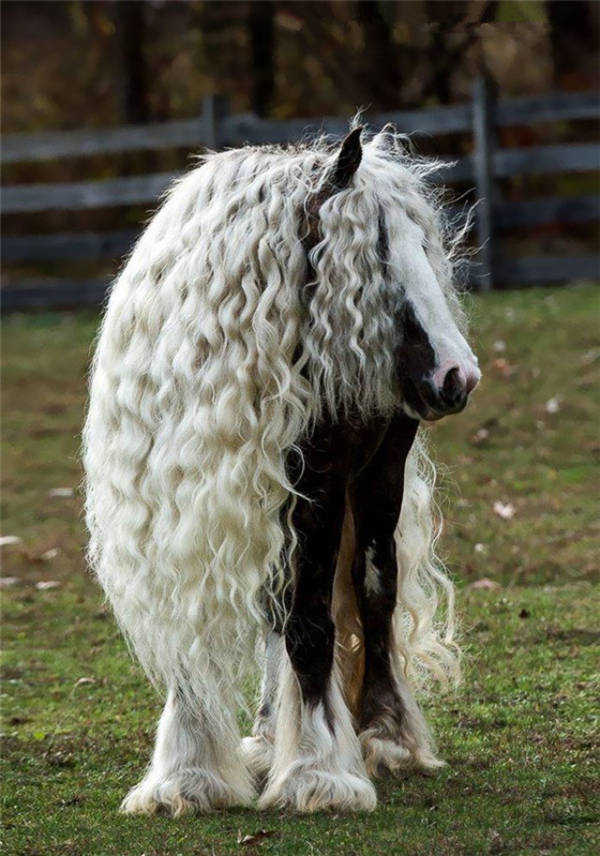
A Vision in Feathers and Flair: Physical Traits
Cultural Significance and Modern Legacy
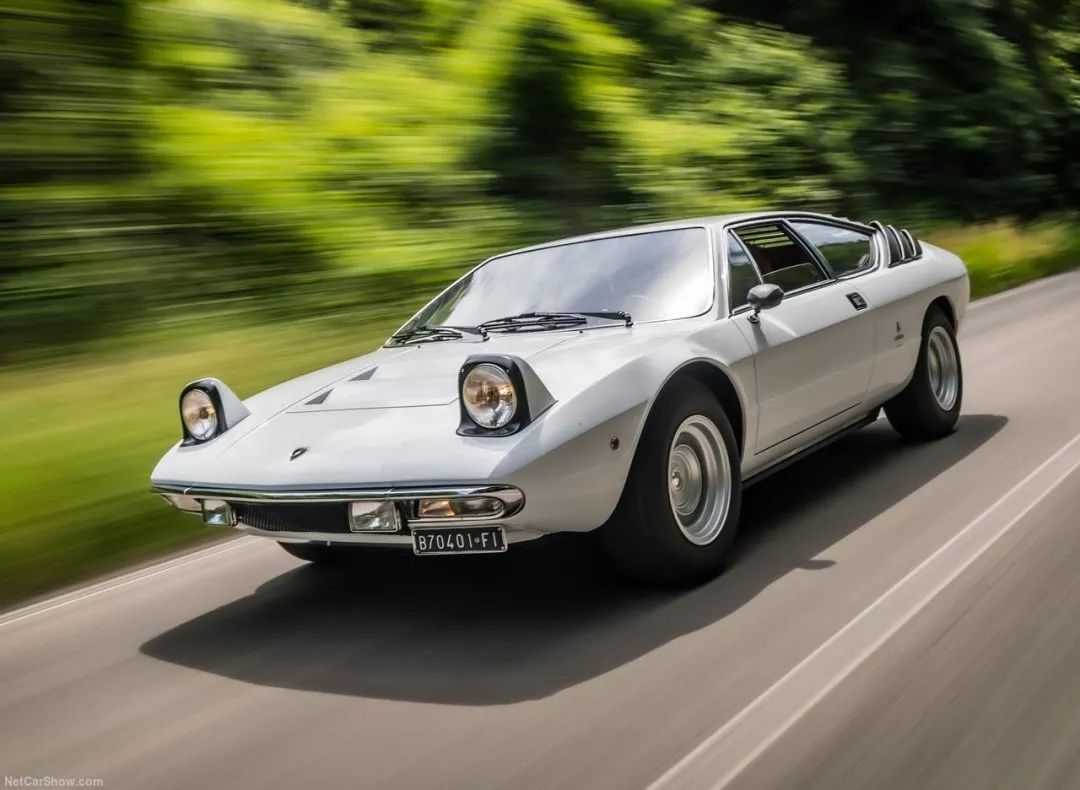
Lamborghini Urraco: When the "Little Bull" Charged Into Mid - Market Mastery
While the 350 GT’s design language faded without leaving a legacy in Lamborghini’s lineage—looking outdated even in its birth year—the brand quickly veered to an aesthetic extreme inspired by its iconic symbol: the bull. Enter the Urraco, a name that translates to "little bull" in Italian, debuting as Lamborghini’s first mid - engine entry - level model in 1970. This pivotal model steered clear of Corvette or Aston Martin influences, instead channeling the ferocity and muscularity of its bovine namesake.more

The Aston Martin DB5 Shooting Brake: A Blend of Luxury and Practicality
Sports cars are renowned for their speed and style, yet they often fall short in one crucial aspect—ample luggage space. This is where the shooting brake body style comes into play, and the Aston Martin DB5 Shooting Brake is a prime example. In 1965, Aston Martin crafted this unique model, aiming to solve the space conundrum without sacrificing the brand's signature luxury and performance.more
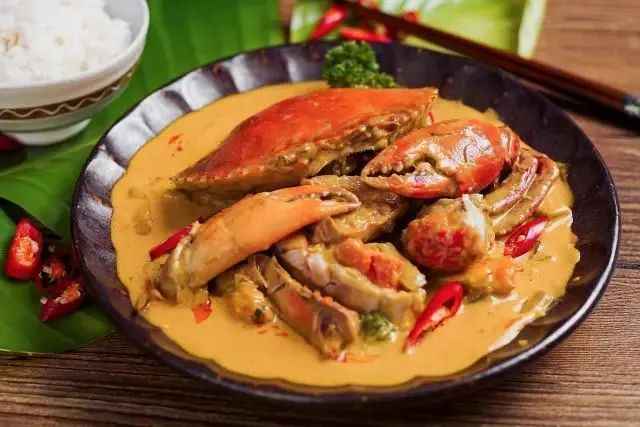
Tom Yum Kung Soup, also known as Tom Yam Soup or Dong Yan Soup, is a famous Thai soup, a typical Thai dish, and one of the world's top ten soups. In Thai, "Tom Yum" means sour and spicy, and "Kung" means shrimp, so it is a sour and spicy shrimp soup. This soup is characterized by the use of unique Thai ingredients such as lemon leaves,more

Amateur Model Steals the Spotlight in Foreign Beauty Lifestyle Photos Vol. 124
In the latest installment of our series featuring captivating foreign beauties, we turn our attention to a remarkable amateur model whose allure has been making waves. These exclusive photos offer a unique peek into her life and charm.more
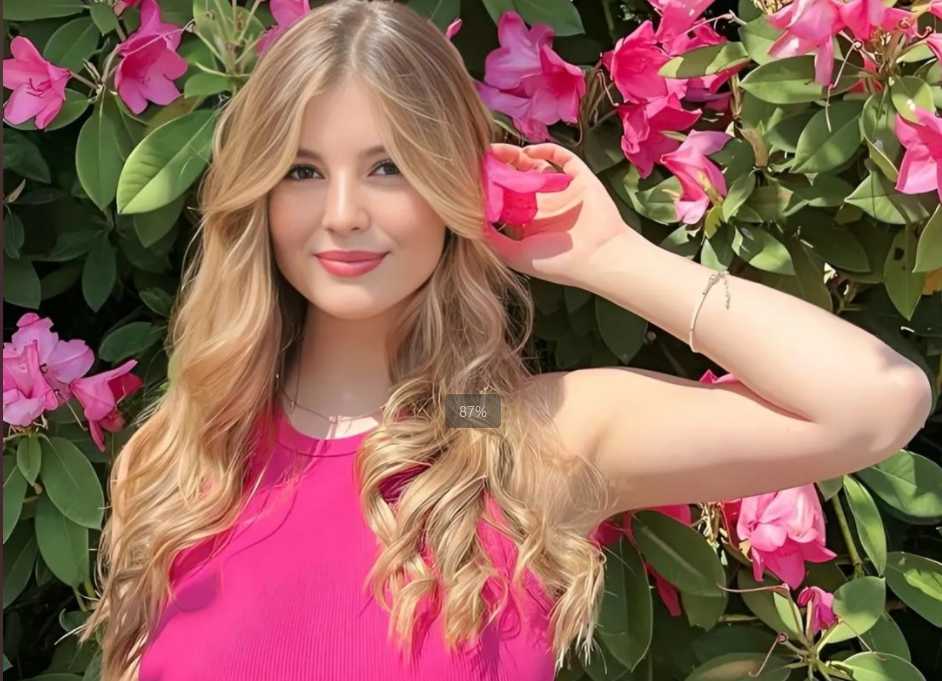
Intriguing Photos of an Amateur Model in Foreign Beauty Lifestyle Photos Issue 127
"Foreign Beauty Lifestyle Photos Issue 127" features a series of captivating pictures of an amateur model. These photos offer a unique perspective into the model's life, capturing her in various casual and natural settings.more
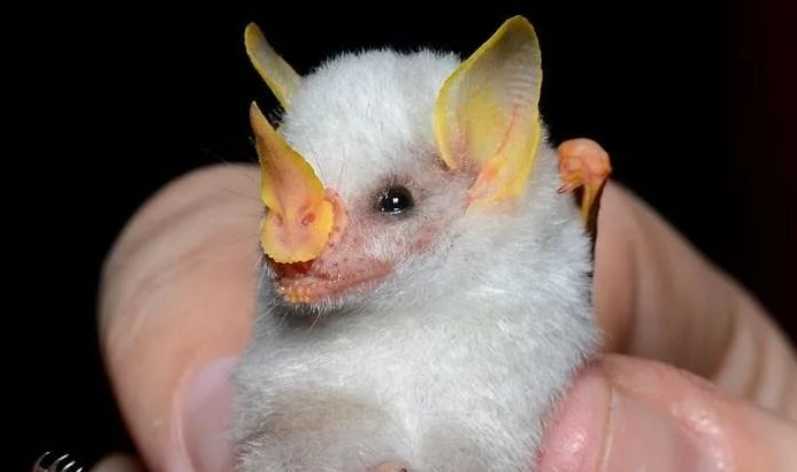
The Honduran White Bat: Nature’s Fluffy, Pastel-Colored Flying Puffball
Hailed as the world’s cutest bat, the Honduran white bat (Ectophylla alba) charms with its snowy-white fur, vibrant orange nose, ears, and wings—a whimsical color palette that defies all bat stereotypes. Native to the rainforests of Central America (Honduras, Nicaragua, Costa Rica, and Panama), this tiny chiropteran measures just 3–5 cm long, making it one of the smallest bat species on Earth. Its cottony appearance and miniature size have earned it a reputation as the "teddy bear of the bat world."more
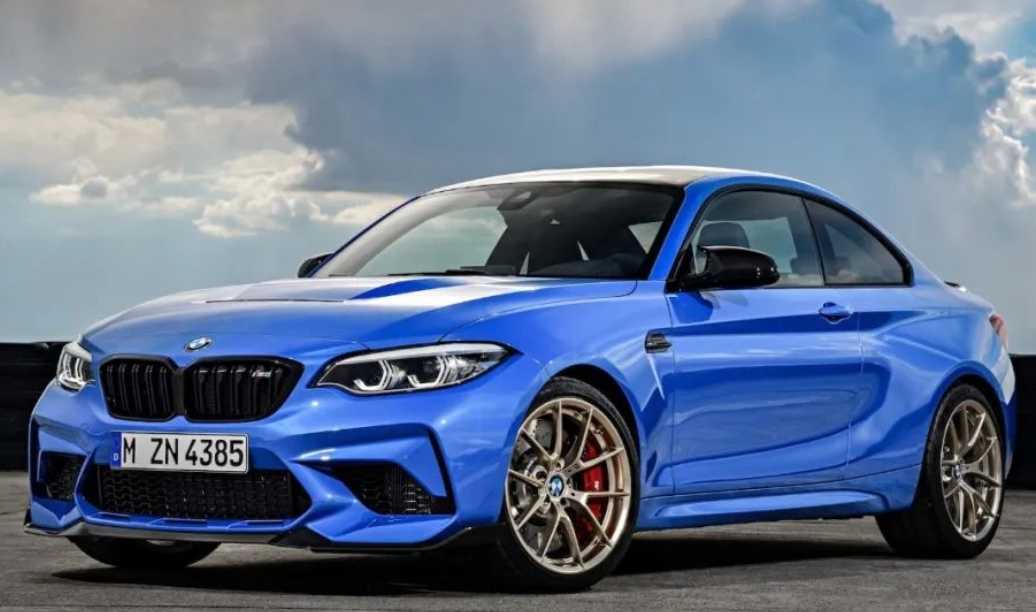
BMW M2 CS: Unleashing Ferocious Power with Precision - Tuned Performance
The BMW M2 CS redefines automotive exhilaration with its formidable powertrain and track - ready dynamics. Offering an unrivaled driving experience, it combines raw force with remarkable control, setting a new standard for high - performance coupes. From the moment the engine roars to life, the M2 CS proves itself as a true powerhouse.more
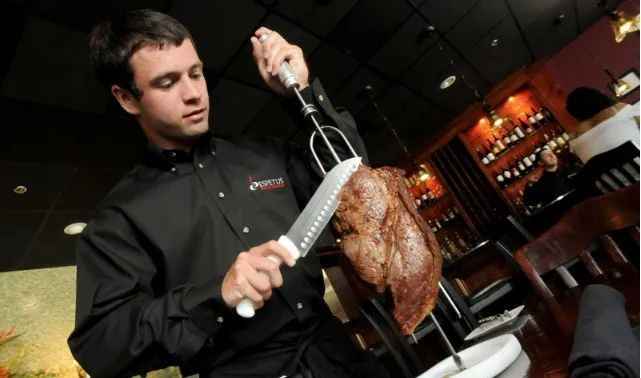
Exploring Brazil's Iconic Culinary Delights: A Journey Through Churrasco, Feijoada, and Xis
No discussion of Brazilian cuisine is complete without starting with Churrasco, a culinary masterpiece that graces the country’s state banquets. Originating in the late 18th century, this tradition began when Brazilian cowboys (Gaúchos) skewered meat on longswords and roasted it over campfires. Today, it stands as a symbol of Brazil’s rich culinary heritage.more

